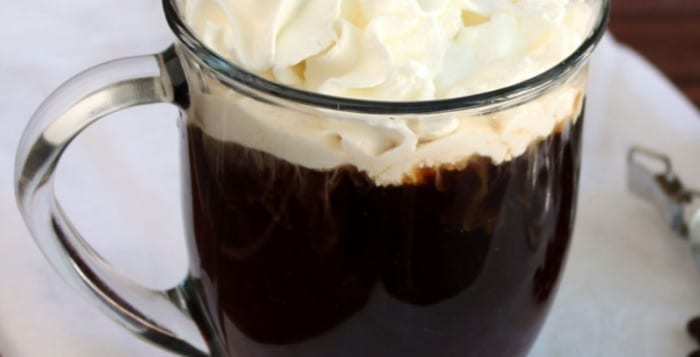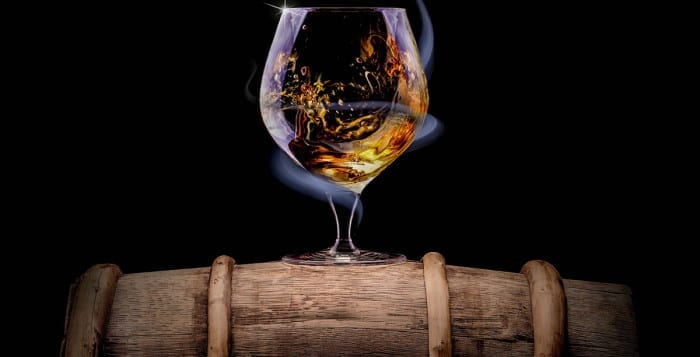By Bob Lipinski
“Drink because you are happy, but never because you are miserable.” — G.K. Chesterton, Heretics
If you’re like me, you probably enjoy cocktails year-round and perhaps you may even have a favorite one or even two. When I entertain specialty, cocktails abound replete with fancy names, a multitude of ingredients and compliments. I thought I’d share with you some of my homemade cocktails that will satisfy even the pickiest palate. However, in order for the cocktails to smell and taste authentic, the brands and measurements listed below must be followed.
Key Lime Pie Cocktail
This cocktail smells and tastes just like Key Lime Pie!
2 parts Cruzan Vanilla Rum
1 part pineapple juice
1/2 part Rose’s Lime Juice Splash Sprite (not diet)
Mix or shake the first three ingredients with ice, add Sprite, quickly stir and enjoy.
Bourbon Margarita
Use the same ingredients as you would for a margarita, except substitute bourbon for tequila and rim the glass with sugar instead of salt.
Tom Collins
1 (6-ounce) can frozen lemonade
1 (6-ounce) can of gin
2 (12-ounce) cans of lemon soda
Several sprigs of mint
Blend the first two ingredients, then stir in the soda and garnish with a sprig of mint.
Piña Colada Martini
Equal parts of…
Cruzan Pineapple Rum
Cruzan Coconut Rum
Shake with ice and pour into a chilled martini glass. Garnish with a wedge of fresh pineapple.
Sours
1 (6-ounce) can frozen lemonade
1 (6-ounce) can water
1 (6-ounce) can whiskey (any type)
Blend with plenty of ice and serve in a chilled glass. Top with a cherry. Bob’s Blender Margarita Use the same ingredients for your traditional margarita, except substitute fresh lemon juice for the lime juice and before cutting the lemon, zest the outer skin and add to the blender. The cocktail will be slightly tart with an incredible aroma and flavor of fresh lemon.
Limoncello
1 dozen large lemons
1-liter bottle 80-proof vodka
2 cups white sugar
3 cups cold water
Peel thin strips of lemon, avoiding the white pith. Macerate the peels in vodka for two weeks. Strain the liquid removing the peel. Make simple syrup by dissolving sugar in water over medium heat. Once the syrup is cooled, add it to the lemon-infused vodka. Mix and allow to settle for 24 hours, then chill and serve.
Cheesecake Cocktail
Smells and tastes exactly like cheesecake!
2 parts Cruzan Vanilla Rum
One part each of pineapple juice and cranberry juice
Blend or shake with ice and serve in a cocktail glass.
Vodka Punch
12 ounces of 80 proof vodka
2 (6-ounce) cans of frozen lemonade
2 cans of orange juice (use empty lemonade cans)
1 bottle seltzer (33 ounces)
1 bottle ginger ale (33 ounces)
1 can (16 ounces) pineapple chunks, drained
24 pitted maraschino cherries, drained
Mix the above ingredients with a wooden spoon, add ice cubes, chill and serve.
By the way … I’ll be over later for a vodka martini, “shaken, not stirred!”
Bob Lipinski, a local author, has written 10 books, including “101: Everything You Need to Know About Vodka, Gin, Rum & Tequila” and “Italian Wine & Cheese Made Simple” (available on Amazon.com). He conducts training seminars on wine, spirits and food and is available for speaking engagements. He can be reached at www.boblipinski.com or [email protected].

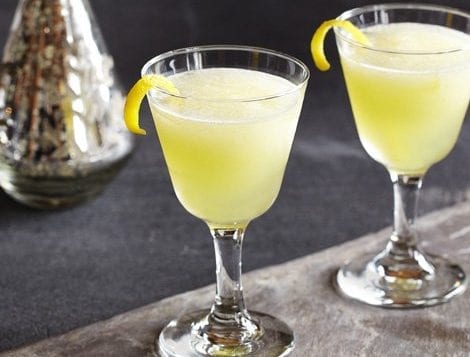
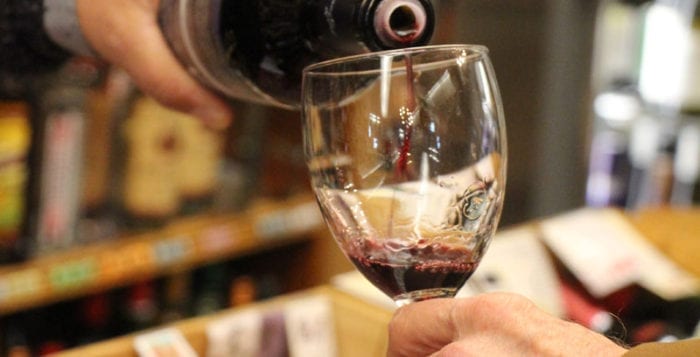
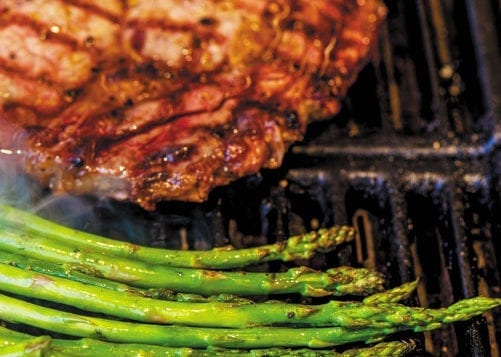
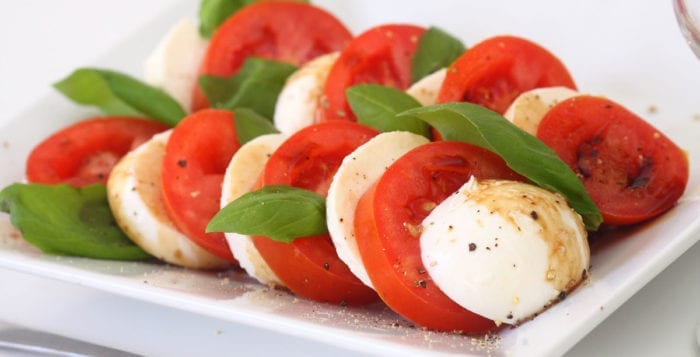
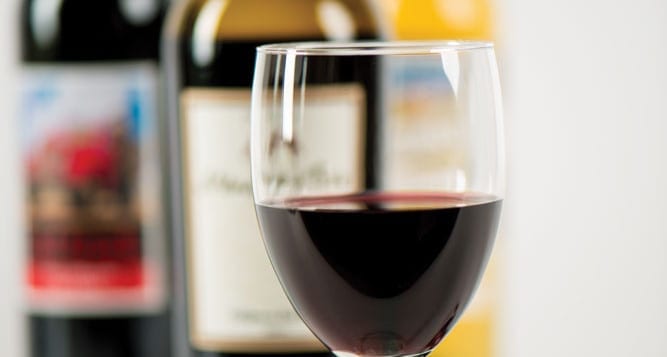
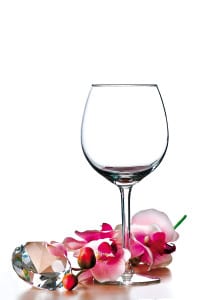 NV Ferrari Brut — Trento, Italy
NV Ferrari Brut — Trento, Italy